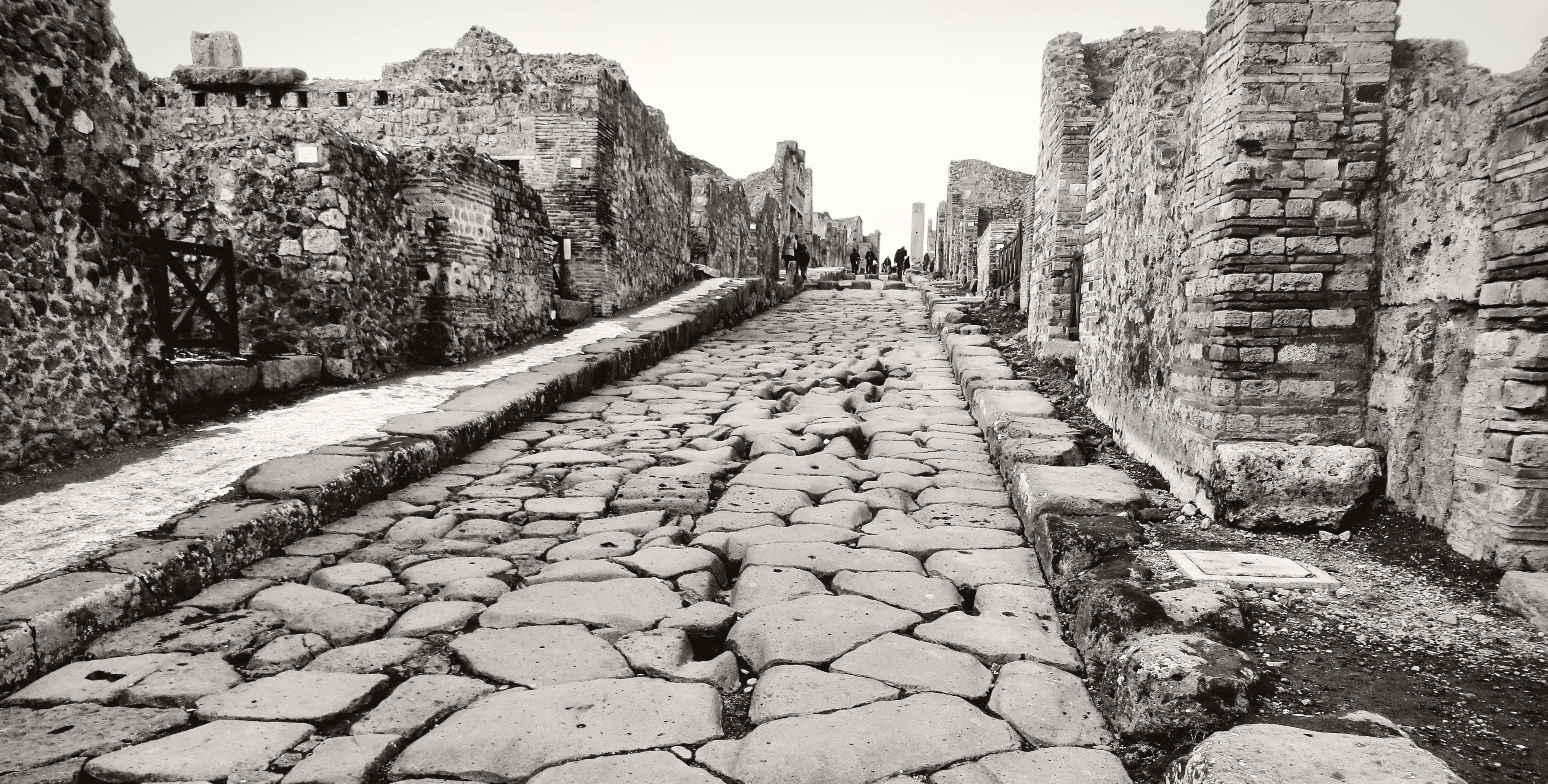2 min to read
CI/CD Pipelines Explained Like a Roman Road Network

The Roman Empire was known for many things—its governance, military, and culture—but perhaps one of its most brilliant achievements was its network of roads.
Built with precision, durability, and purpose, Roman roads were designed to connect the empire, move legions, and enable trade—fast, repeatable, and secure. If you’re in DevOps, this may sound familiar.
That’s because CI/CD pipelines are the Roman roads of the modern software empire.
🛤️ The Empire: Your Codebase
Just like Rome wasn’t built in a day, neither is software. Your codebase represents the empire: a growing, ever-evolving system of knowledge, features, and fixes.
But building an empire isn’t enough. You need a way to move value—from code to customer—reliably.
🏗️ The Roads: Your Pipeline Stages
Each stage of a CI/CD pipeline is like a segment of a Roman road:
- Source Control (Git) = The Forum: where decisions are made
- Build = The Paving: shaping raw materials into structure
- Test = The Guard Posts: checking for weakness
- Deploy = The Destination Cities: where value reaches users
- Monitoring = Imperial Messengers: reporting back to Rome
Roman roads had milestones. So do pipelines.
🧱 Roman Engineering Principles = DevOps Best Practices
| Roman Roads | CI/CD Pipelines |
|---|---|
| Durable stone layers | Reliable, repeatable builds |
| Straight-line planning | Simple, linear pipelines when possible |
| Waystations & milestones | Stages, logs, and artifact tracking |
| Decentralized maintenance | Modular builds and microservices |
| Speed of deployment (legions) | Fast delivery to production |
🚧 Testing: The Checkpoints
Roman roads had guard posts and waystations to monitor travelers and ensure everything stayed secure.
In CI/CD, we have:
- Unit tests
- Integration tests
- Security scans
- Quality gates
These are our checkpoints—they decide whether something moves forward or gets pulled off the road.
🏛️ Towering Over Chaos: Pipelines as Order
In pre-Roman times, roads were local, inconsistent, and hard to travel. That’s exactly what it’s like before CI/CD—ad hoc deploys, inconsistent environments, and late-night rollbacks.
Rome changed that with infrastructure as strategy. In DevOps, we do the same with:
- Ansible, Terraform, Kubernetes = Engineering tools
- GitLab CI, Jenkins, GitHub Actions = The legions that carry our code
- Monitoring and rollback = The Senate and scouts
🧠 What We Learn from Rome
-
Standardization breeds speed and safety
Rome’s road standards allowed armies and goods to travel predictably. CI/CD standards let teams ship safely and often. -
Infrastructure amplifies strategy
Rome expanded fast because of its roads. Companies scale when delivery becomes automatic. -
Maintenance matters
The empire fell, partly, when infrastructure crumbled. Neglect your pipeline—and it might crumble too.
📜 Final Thoughts
So next time you look at your pipeline YAML or Jenkinsfile, think of it not as lines of config—but as carefully laid stone on a road that leads from your code to the world.
And remember:
“All roads lead to production.”
Comments